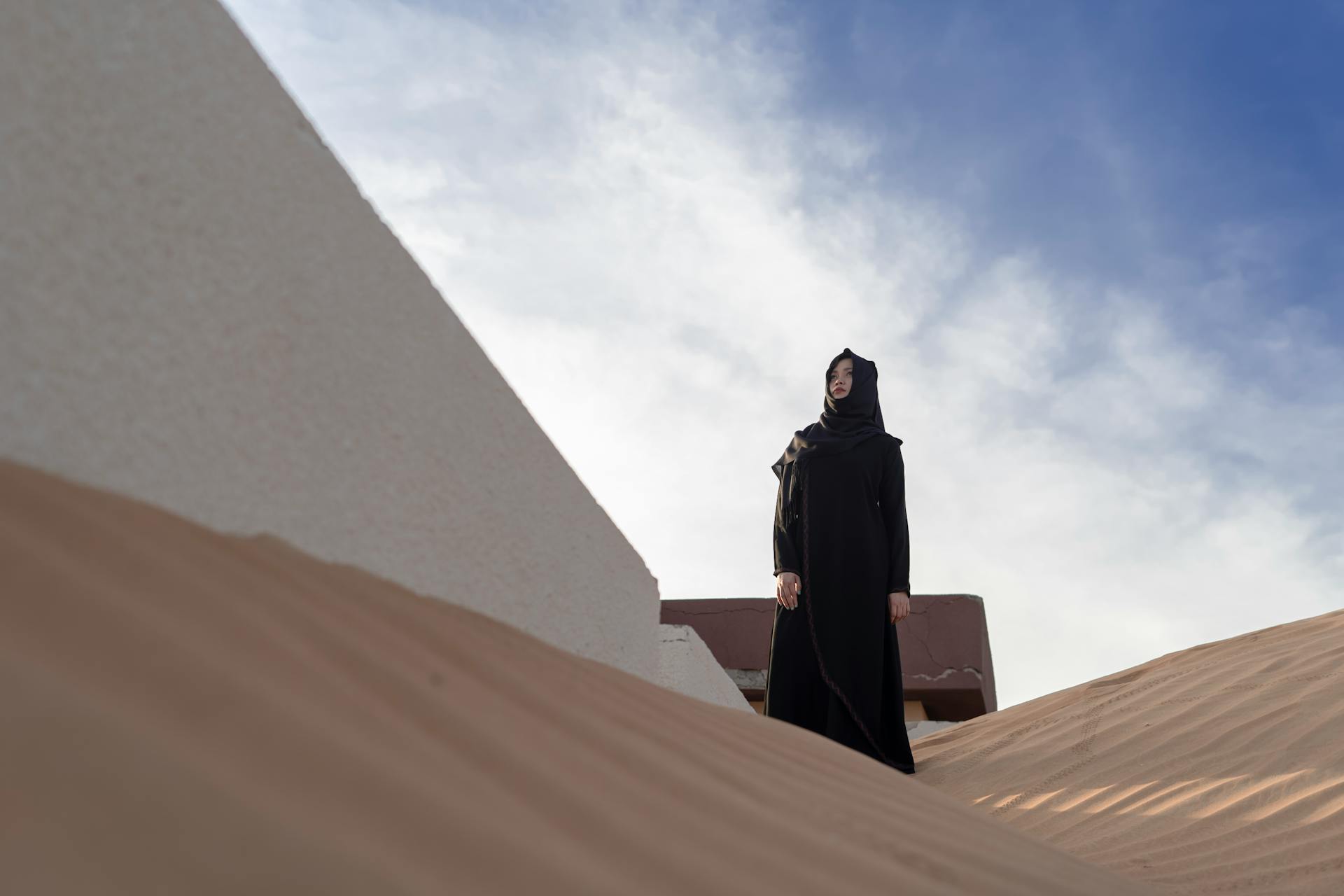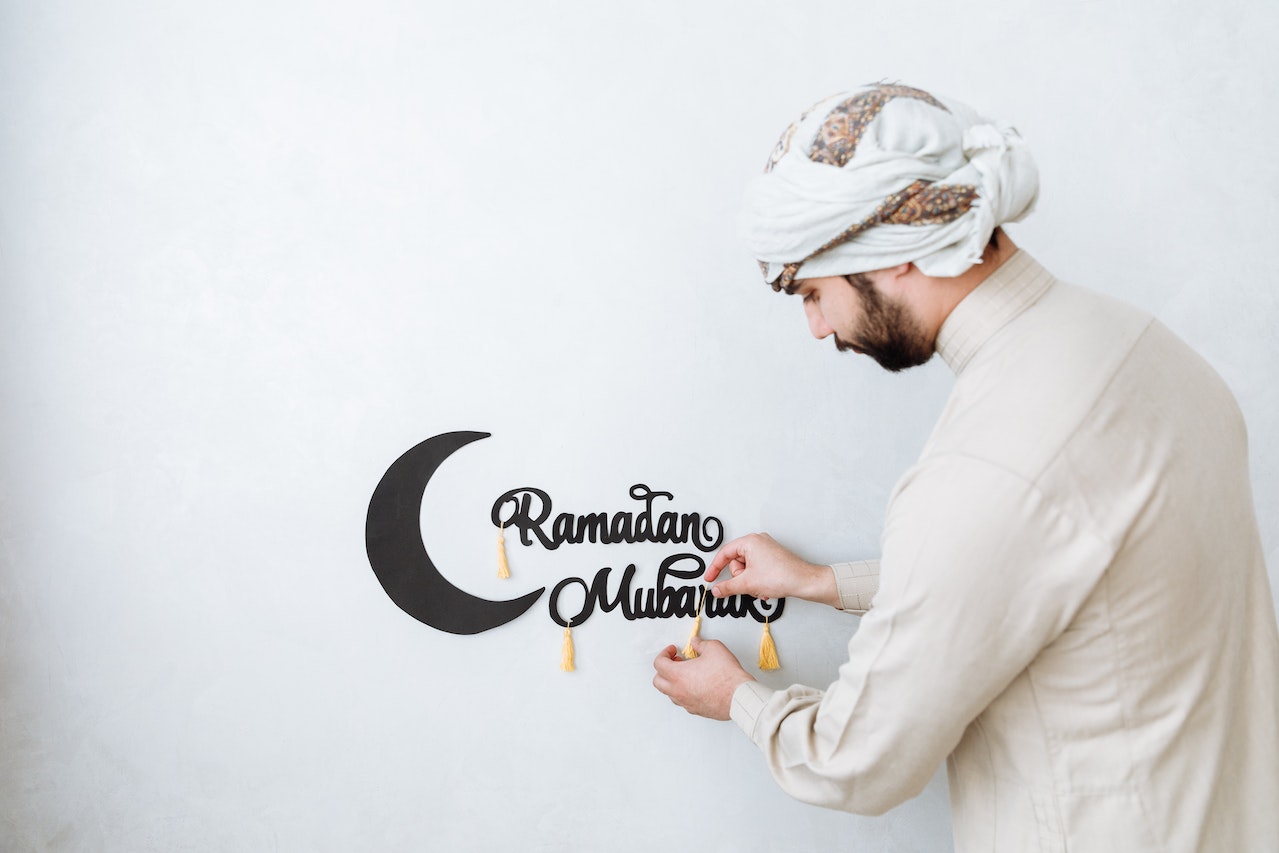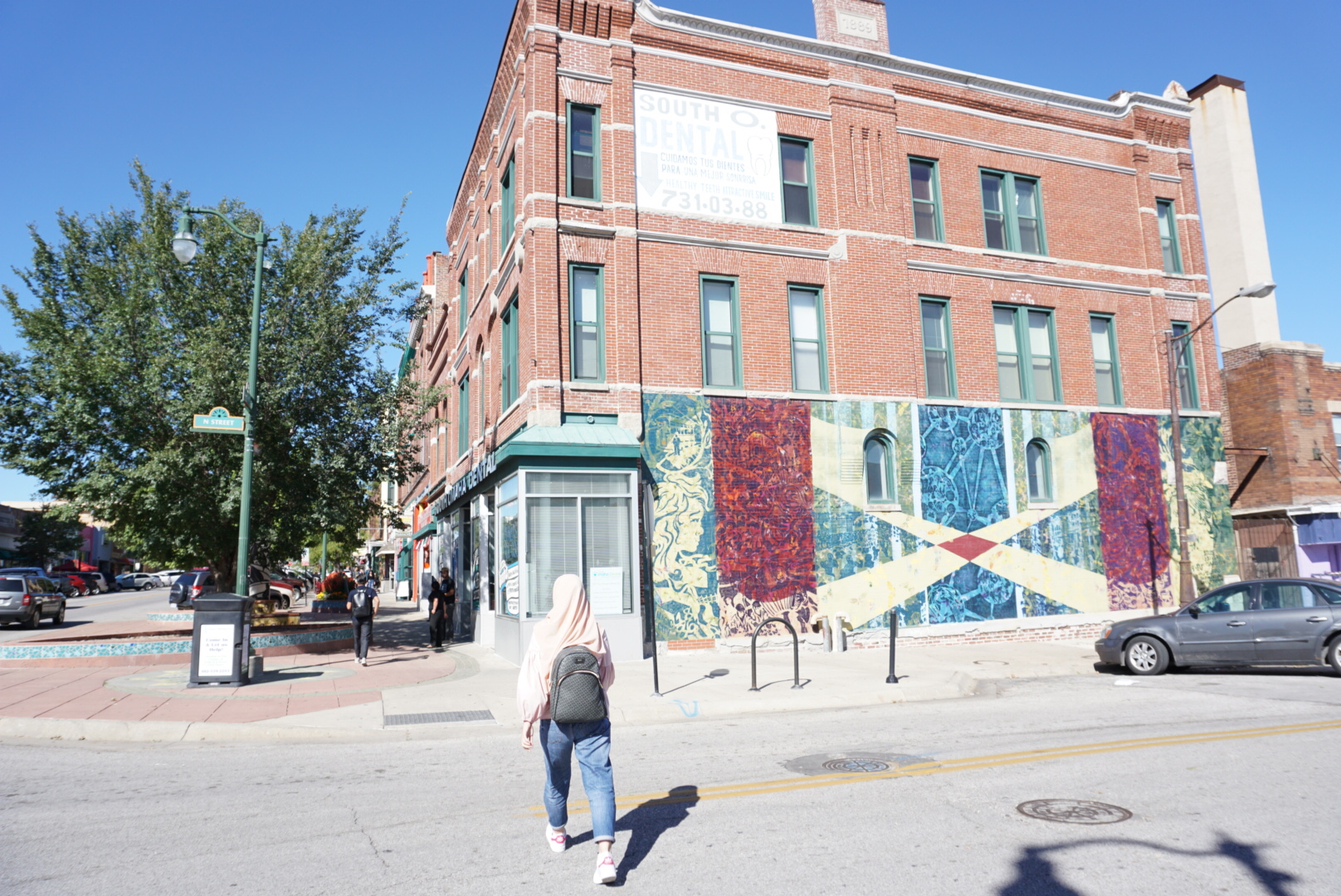This Ramadan, we have a challenge for Muslim women: Abayas over Pants!
Muslim women around the world prepare for a period of spiritual rejuvenation and self-reflection as Ramadan unfolds. Alongside the spiritual commitments of fasting and prayer, many women also focus on their outward appearance, seeking garments that reflect both their faith and their sense of modesty. In this regard, the choice between traditional abayas and modern pants can often be a topic of discussion. While both options offer comfort and style, the abaya stands out as a symbol of modesty and piety, making it a preferred choice for many during this blessed month.

The abaya, a loose-fitting outer garment worn by Muslim women, embodies the values of modesty and humility espoused in Islam. Its flowing design not only offers coverage but also symbolizes a sense of inner tranquility and devotion. During Ramadan, when Muslims strive to enhance their spiritual connection and embody the teachings of Islam, the choice to wear an abaya becomes more than just a sartorial decision—it becomes a reflection of one’s commitment to faith and modesty.
Contrastingly, the trend of wearing pants, although fashionable and convenient in many respects, may not align with the principles of modesty upheld by Islam. Tight-fitting trousers or jeans, while popular in mainstream fashion, may accentuate the contours of the body, drawing undue attention and undermining the concept of hijab (modesty). Moreover, Islam emphasizes the importance of covering one’s adornments and maintaining a sense of dignity in attire, principles that are better fulfilled through the modest silhouette of an abaya.
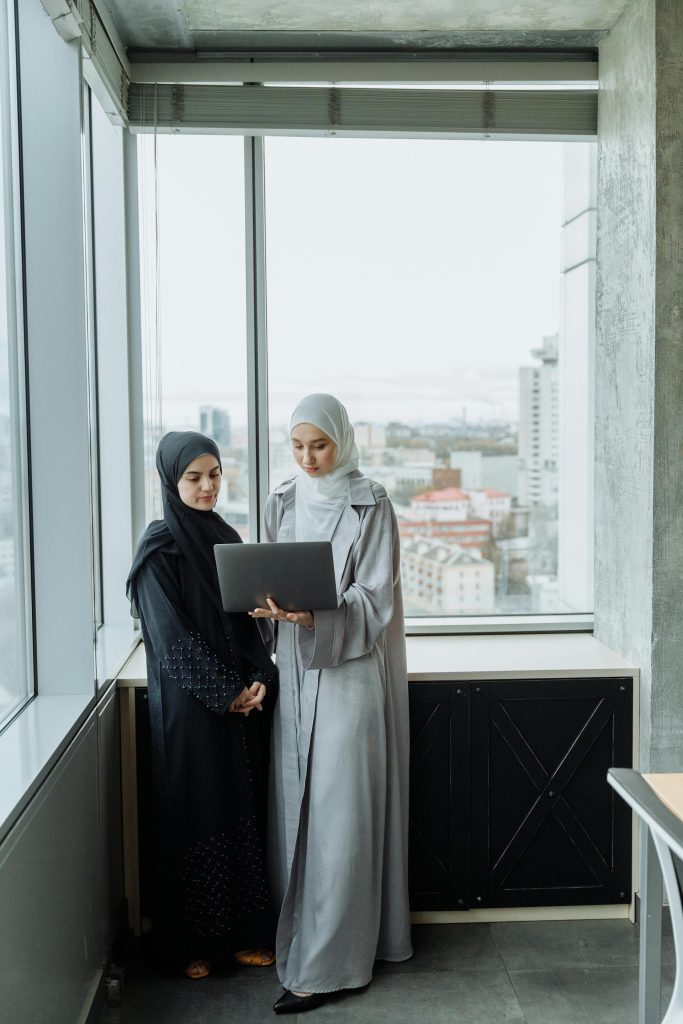
During Ramadan, when Muslims strive to deepen their connection with Allah and cultivate a sense of humility and piety, the choice of clothing holds significant importance. By opting for abayas over pants, women not only adhere to the guidelines of modest dressing prescribed by Islam but also embrace a cultural heritage that celebrates grace and elegance without compromising on faith.
Furthermore, the wearing of abayas fosters a sense of community and solidarity among Muslim women, as it represents a shared commitment to modesty and devotion. Whether adorned with intricate embroidery or kept simple and understated, the abaya serves as a unifying symbol of faith, transcending cultural and geographical boundaries.
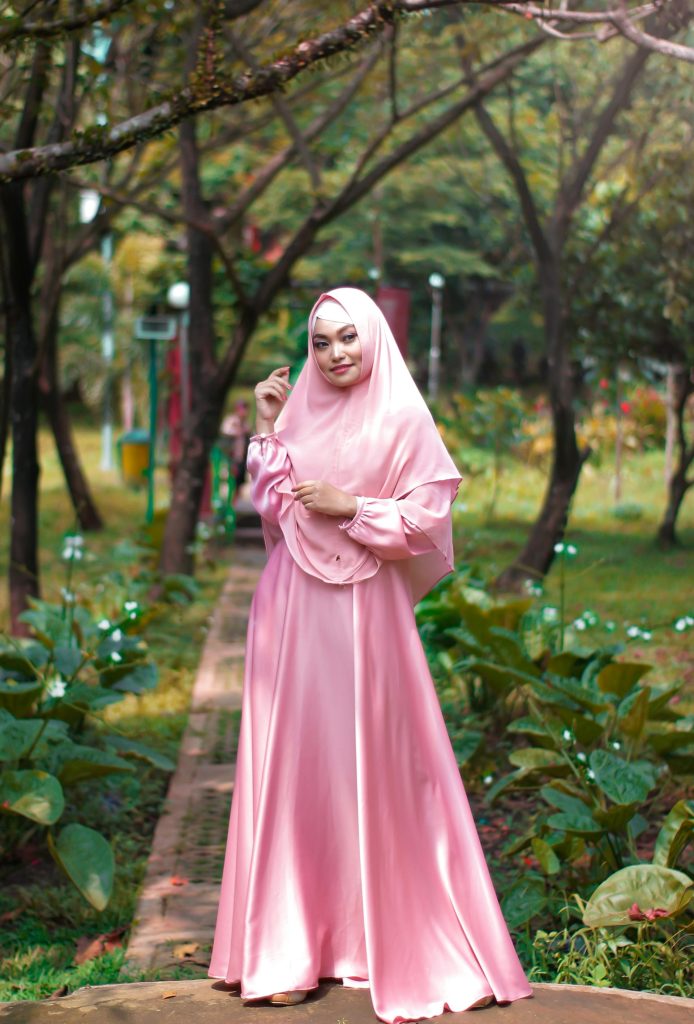
In addition to its spiritual significance, the abaya offers practical benefits during Ramadan. Its loose and breathable fabric provides comfort during long days of fasting, allowing women to focus their energy on prayer and worship without the distraction of uncomfortable clothing. Moreover, the modest design of the abaya enables women to move freely and confidently in diverse settings, whether attending communal prayers at the mosque or engaging in charitable activities within their communities.
The choice to embrace modesty through the wearing of abayas over pants reflects a profound commitment to faith and devotion. By ditching pants in favor of traditional garments that embody the principles of hijab and modesty, Muslim women reaffirm their identity and values, finding solace and strength in the timeless elegance of the abaya.
Read more about hijab fashion.

